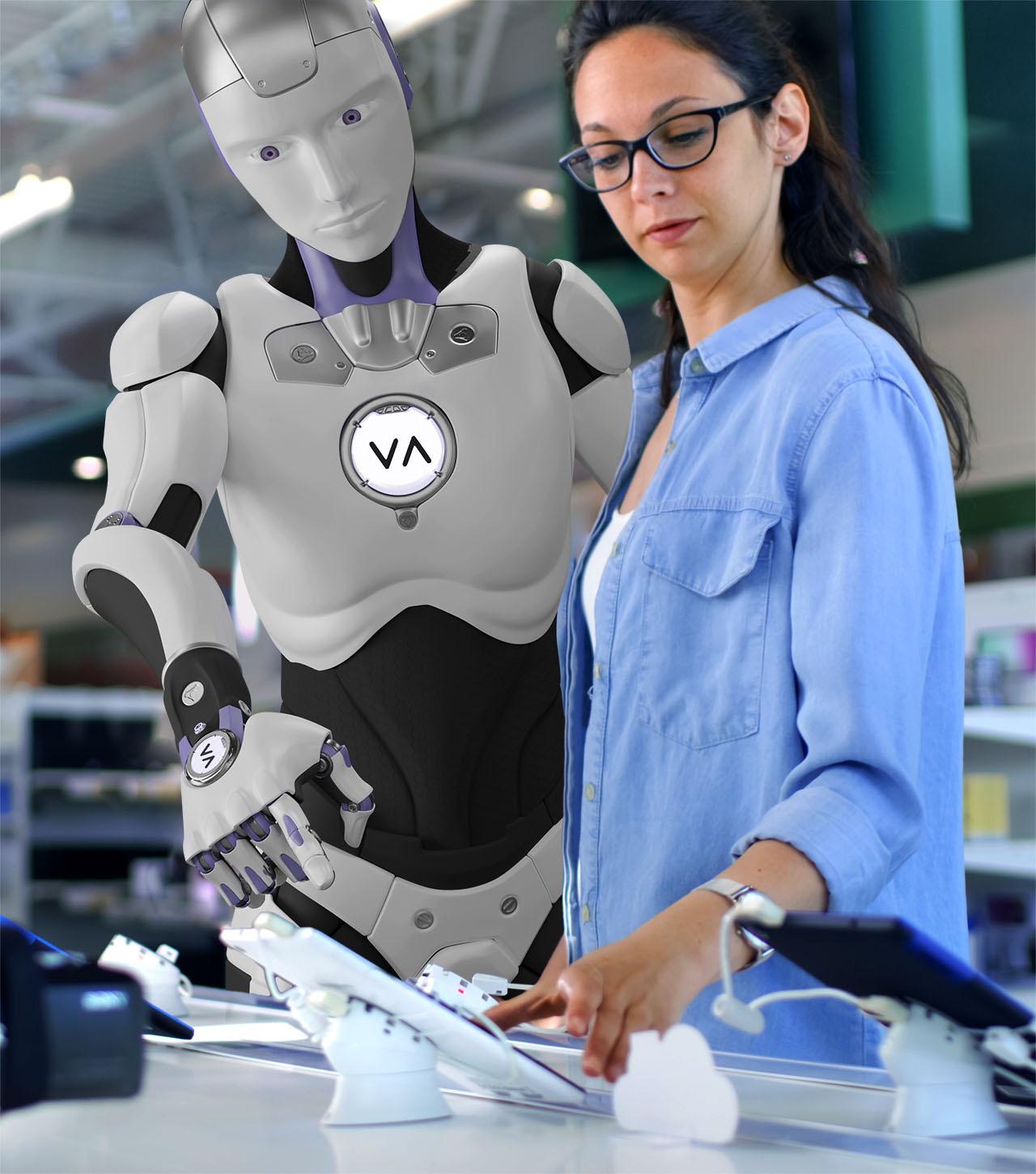Originally published on Business IT on 2 February 2022
The drive to deliver excellent customer experiences consistently across multiple channels was a massive trend in 2021. This is going to continue this year, writes Ryan Falkenberg, CEO, CLEVVA Solutions.
COVID has forced people to use digital and self-service channels. Customer service roads, historically, have all led to an agent. You can buy digitally but most service-related complaints, queries or issues need to be dealt with by a human.
This frustrates customers, and negatively impacts the service experience. Customers are tired of dealing with chatbots that can only handle simple information or transactional requests. They want to be offered a service expert; one capable of resolving their query, in context, in one touch. In 2022, more companies will be able to meet these expectations.
There are three key trends for customer self-service to look out for in 2022.
- The move from simple chatbots to digital experts – businesses will move from using info-bots to digital experts capable of resolving complex service queries without the need for human intervention. So for example if you need advice on what to do with some extra funds, you will no longer have to endure a chatbot offering links to product brochures on available investment funds. Instead you will be connected to a digital expert capable of not only offering you compliant advice but also actioning resulting decisions.
- Hyper-personalised service journeys – companies can’t afford to keep offering generic digital experiences. They have to shape each experience to the customer. It’s no longer enough to have a chatbot that struggles to understand you, and keeps offering generic links and answers that may or may not have anything to do with what you are actually asking. If a business wants to have a digital relationship with me, I need to feel they know me, and will adjust their engagement to suit my specific needs and context.
To do this, digital experts must be able leverage all the data they have on me so they don’t ask me things the business already knows. They must also be able to shape the service journey to my needs, and ensure that once a solution is agreed, they are able to process it immediately without relying on a human agent to ‘get in the loop’.
- Authentic relationships – As businesses bring digital workers into the mix and integrate their front and back offices using automation, customers will be able to get things done with one (virtual) touch, no human needed. Service efficiency will become a basic entry ticket into the game, no longer a key differentiator. This means that assisted channels, like call centres, will shift from efficiency metrics such as average handling time, and will adopt measures that assess the quality of engagements. Agents will need to rely more on their authenticity and cultural agility than their product and procedural knowledge. This is because customers will only reach out to human-staffed channels when they want to feel heard and treasured. For the rest, they will use self-service channels.
In addition to these key trends, we expect to see an increase in the use of chat channels like WhatsApp where you can have an asynchronous conversation, pick up where you left off, and have the chat history at hand whenever you need it.
View original article here.

